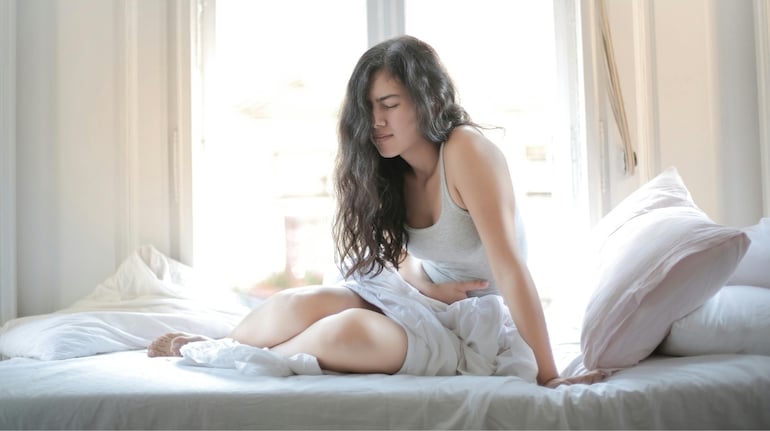



Overactive Bladder (OAB) is a prevalent but frequently underreported disorder affecting women of all ages. - People with OAB experience sudden, strong urges to urinate and often lose urine during those moments or even at night. Women living with OAB may need to schedule their days around available bathrooms and face the embarrassment of accidents, as well as sleep loss from multiple nighttime trips.
And although OAB is most common in seniors—it’s particularly prevalent amongst those over age 65—the disorder can develop early for example Women may have it by the time they are 45. It does not resolve on its own, and left untreated symptoms may worsen over time. Weakness of the muscles surrounding the bladder, atrophy in pelvic tissues and decreased bladder size may also occur.
Speaking on the occasion, Dr Sarika Pandya, Consultant Female Urologist, Asian Institute of Nephrology and Urology Hyderabad, told Moneycontrol, that many women feel embarrassed to discuss their urinary symptoms thinking it is a natural part of aging. But overactive bladder is a serious medical condition that can and should be treated. With appropriate diagnosis and treatment, women can reclaim their lives.
Also read: Cardiologist reveals how sugar and caffeine make you age fasterHere’s what you should know about OAB symptoms, diagnosis and treatment options.Common Symptoms of OAB
OAB “is not just a bladder problem — it affects people’s lives,” not only their emotions and nightly rest, but also “their confidence on a day-to-day basis.” Embarrassment, anxiety and even social avoidance are common among women. If untreated, OAB can progress, resulting in deterioration of the bladder muscles and pelvic floor tissues.
Diagnosis and TestsIf you go to the doctor, your examination will likely include
OAB can be hard to talk about, though women don’t need to suffer in silence. Medical advice, lifestyle adjustments and new treatments that can make a significant impact if pursued early. Women can take back their life, and stop living at the behest of their bladder.
FAQs about Overactive Bladder (OAB): What are the common symptoms of OAB?The common symptoms of OAB include frequent urination, an overwhelming urge to urinate, leakage following the urge sensation, and waking up more than once a night to urinate (nocturia).
OAB is most common in seniors, particularly those over age 65, but the disorder can develop early, with women experiencing it by the time they are 45.
How is OAB diagnosed?OAB is diagnosed through medical history and symptom review, neurological exams to evaluate reflex or nerve problems, pelvic exams, urine screens to detect infections or blood, and ultrasound examinations of kidneys, bladder, and residual urine volume.
What are the treatment options for OAB?Treatment options for OAB include lifestyle and behavioural therapies such as bladder training, pelvic floor exercises (Kegels), diet changes, maintaining a healthy weight, controlling constipation, and scheduled toileting (timed voiding).
Disclaimer: This article, including health and fitness advice, only provides generic information. Don’t treat it as a substitute for qualified medical opinion. Always consult a specialist for specific health diagnosis.Discover the latest Business News, Sensex, and Nifty updates. Obtain Personal Finance insights, tax queries, and expert opinions on Moneycontrol or download the Moneycontrol App to stay updated!
Find the best of Al News in one place, specially curated for you every weekend.
Stay on top of the latest tech trends and biggest startup news.